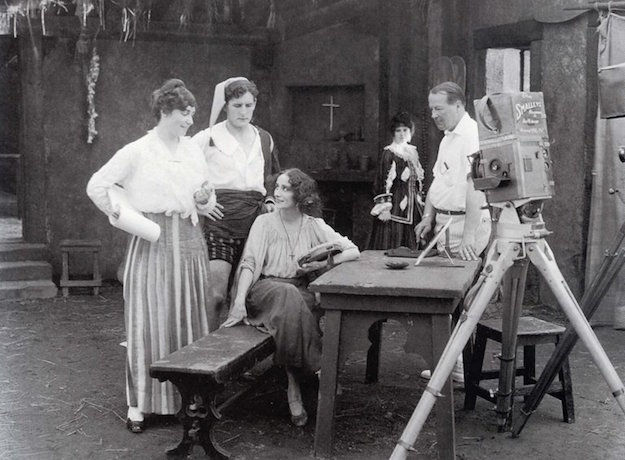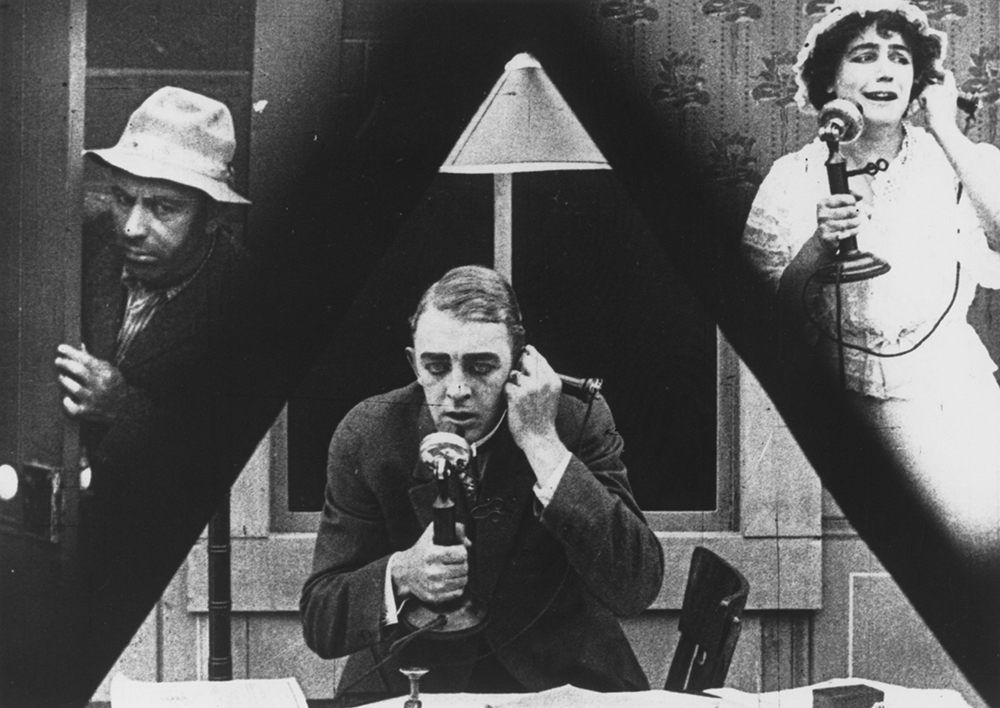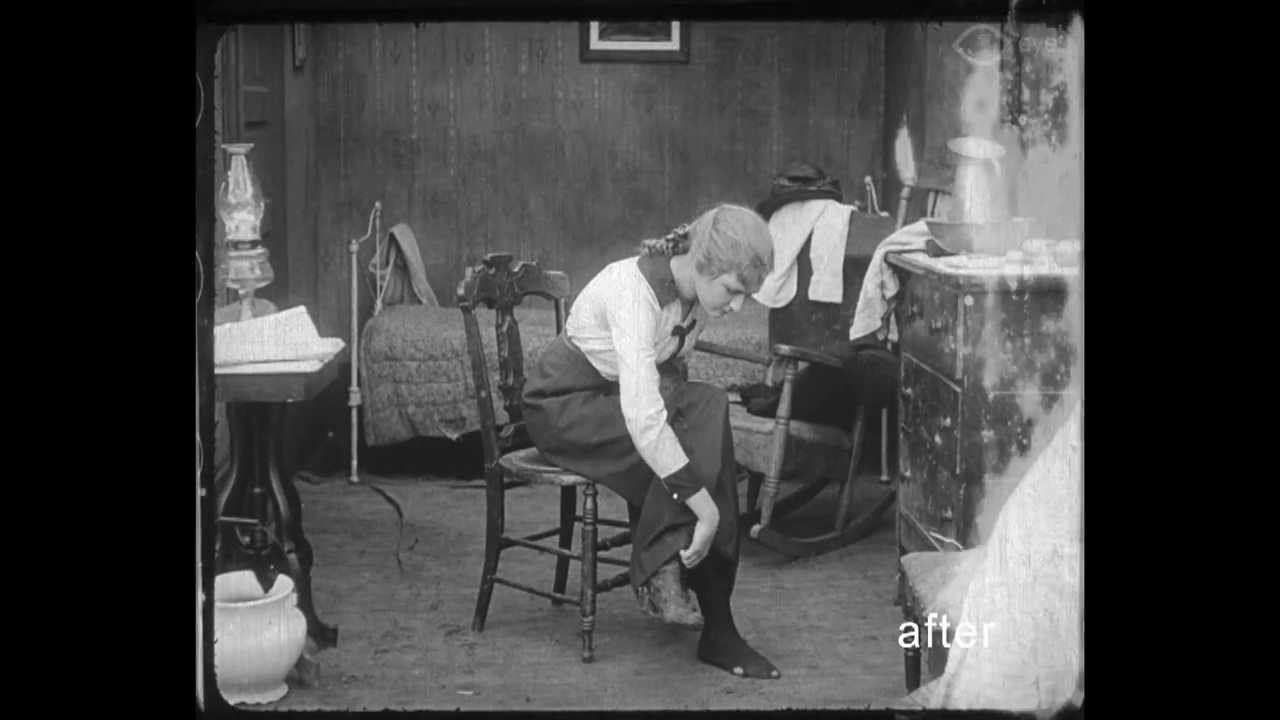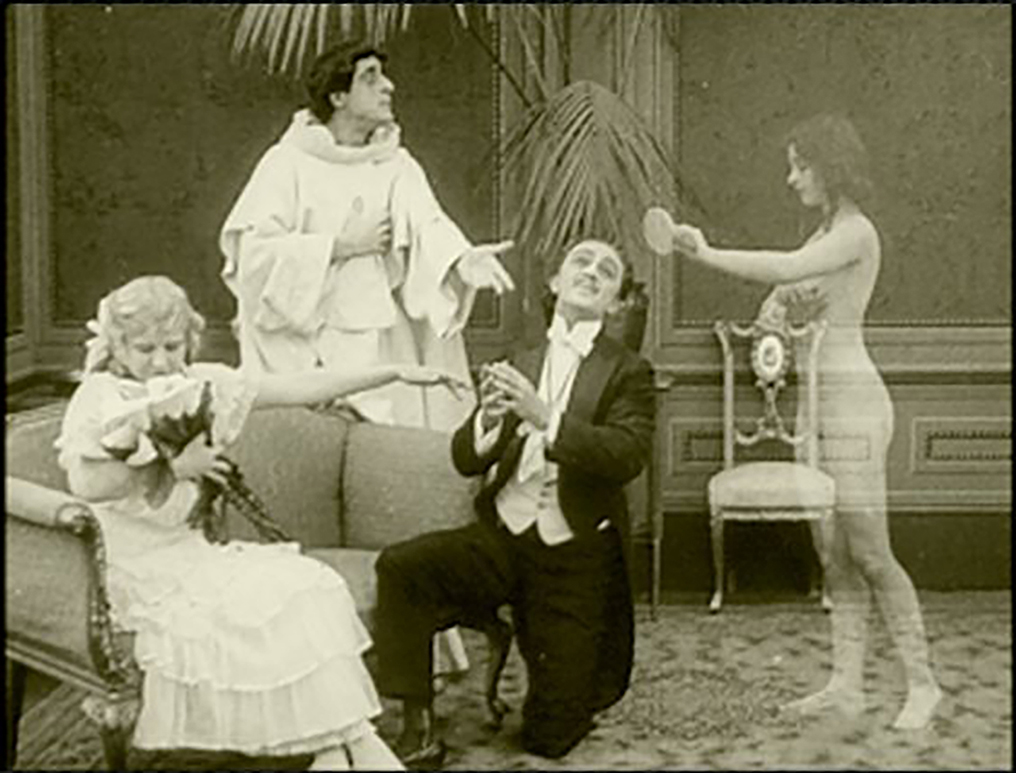The Pittsburgh region has been home to many remarkable women over the years, including journalist Nellie Bly, abolitionist Jane Grey Swisshelm, and environmentalist Rachel Carson. But there’s another one you may not have heard of: Lois Weber. Weber was America’s first woman film director.
Born on Federal Street in Allegheny City in 1879, Florence Lois Weber grew up in a deeply religious family that enjoyed and encouraged the arts. A concert pianist in her teens, Weber used her talents to play for church gatherings. As a member of the Church Army, an evangelical organization of the Anglican Church, she ministered in prisons, hospitals, and tenements. This work gave Weber a firsthand look at the problems caused by urban poverty, drug abuse, abortion, and wage inequality. Drawn to perform yet inhibited by religious constraints, she decided the theater also needed missionaries and became an actress.

In the early 1900s, recently married and living in New York City while her husband traveled with a theater troupe, Weber got a job at Gaumont Studio acting in and writing scenarios for silent films. Here she discovered her life’s work, a career that combined her natural talents for writing and performing with her deep passion for religious and social issues. Weber saw the new medium of film as a way to evangelize a broad audience in a universal and voiceless language. By the 1910s, she had become a complete auteur – writing, directing, producing, and acting in films with her husband Phillips Smalley.

Hired by Carl Laemmle, head of Universal Studios, Weber quickly earned his confidence and became his most productive director. Laemmle said he would “trust Miss Weber with any sum of money…to make any picture she wanted to make.” While other filmmakers drew ideas from historic or literary works, Weber tackled progressive and provocative topics like abortion and birth control (“Where are my Children?”), drug addiction (“Hop, the Devil’s Brew”), and the effects of poverty (“Shoes”).
Innovative not only in the topics she chose, Weber deftly mastered early film techniques such as superimposition, double exposures, and split screens to convey thoughts and ideas rather than using words on title cards. She boldly used a nude female figure in her film “Hypocrites” to represent “The Naked Truth,” inciting both censorship and artistic praise. In order to be completely independent, in 1917 she purchased a large estate, turned it into a studio, and began her own company called Lois Weber Productions.

The late 1920s witnessed the rise of the studio system in Hollywood as firms began a quest for vertical integration, acquiring movie theaters and controlling every aspect of filmmaking. This trend signaled the demise of small independent filmmakers and squeezed many women in all capacities out of the business. Weber directed her last film, and only talkie, in 1934.
In a career that spanned a quarter of a century, Weber wrote, directed, produced, and performed in more than 200 films. Though most are now lost, a handful survive and serve as a silent testimony to her mastery of this new medium. Weber represents the gender parity that existed in early Hollywood, when women held vital positions throughout the industry. Unfortunately, she is also emblematic of the way women were phased out by the rise of the studio system and swiftly written out of early film history.
But her star is being resurrected with renewed interest in her films and career. A recent book by Shelly Stamp, “Lois Weber in Early Hollywood,” explores her work in depth, and several of her films have been rediscovered and made available again, including “Shoes” (Milestone Films) and “The Dumb Girl of Portici” (Milestone Films).
Lauren Uhl is the museum project manager & curator of food & fitness at the Heinz History Center.
